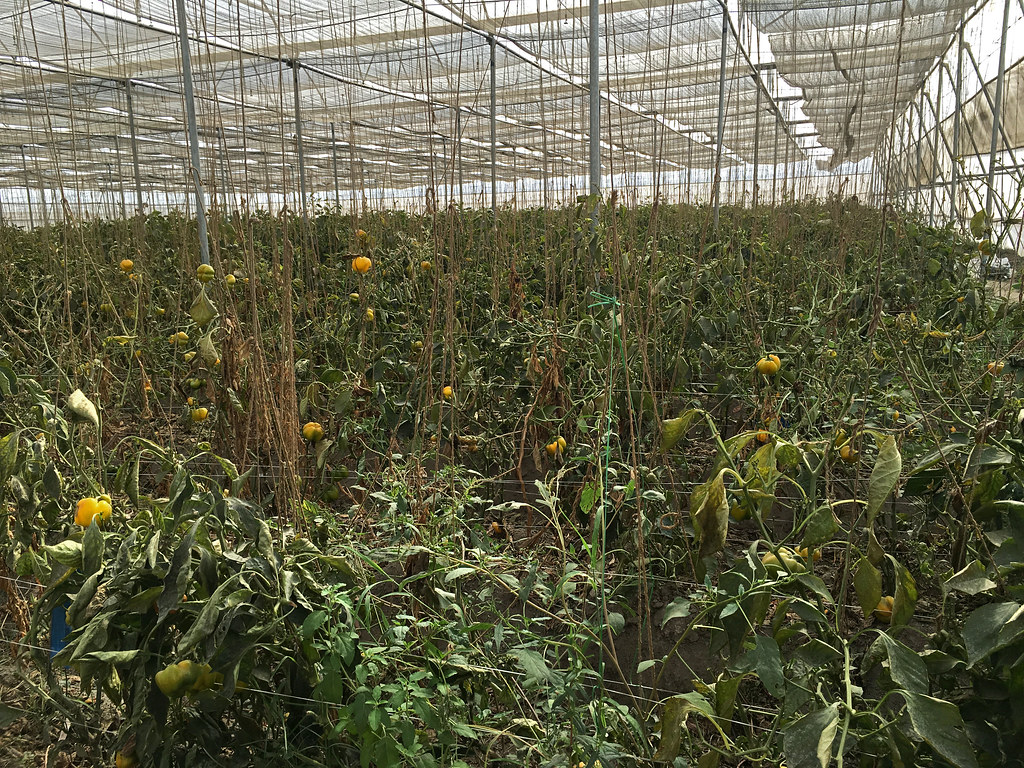Growing Peppers Indoors – Guidelines & Tips
Growing peppers indoors provides the opportunity to have fresh produce even if outdoor space is limited. Peppers have a long growing season, which requires a commitment and attentiveness but the end result of adding colorful, flavorful peppers to your arsenal of fruits and vegetables is worth it. Here are some guidelines and tips to help you get started with growing peppers indoors.
Know the Types of Peppers
When grown indoors, there are many types of peppers you can choose from. Bell peppers are one of the easiest to grow indoors because they thrive in warm temperatures and can be started from seed. Hot peppers such as jalapeños can be grown indoors but need more light and attention. It is important to familiarize yourself with different types of peppers before attempting to grow them indoors.
Carefully Choose a Container
When choosing a container for growing peppers indoors, pick one that is at least 12 inches deep and 12 inches wide. Any container that is too small will not provide enough space for the roots to grow properly. Plastic or terracotta containers both work well for indoor peppers.
Start From Seed or Transplant
Starting peppers from seed is the most economical option if you’re starting from scratch. If using pre-existing peppers, you may be able to transplant them into your desired container. Transplants can provide faster growth and maturation as compared to starting from seed, but may be more challenging to find.
Provide Proper Soil
Using a soil mix specifically created for peppers is the best option. Make sure the soil mix contains enough nutrients for the peppers to grow. If growing multiple peppers, you can blend additional nutrients such as compost or fertilizer into the soil to provide extra nutrition.
Provide Proper Lighting
Growing peppers indoors requires a minimum of 6-8 hours of sunlight exposure each day. Depending on where your plants are located, you may need to supplement with artificial lights. Fluorescent lights are a great option for indoor pepper gardening as they emit minimal heat.
Develop a Watering Schedule
Allow the soil to dry slightly between waterings to ensure the peppers do not become waterlogged. Because peppers prefer warm soil, it is best to water in the morning to ensure that the soil has time to dry out throughout the day.
Harvest
Harvesting peppers is the last step in the process. Peppers mature anywhere from 60-80 days after transplanting. If growing from seed, the harvest time will vary based on the variety. The best time to harvest is when the pepper is crisp and colorful. Once a pepper has been picked, it will not continue to ripen.
Growing peppers indoors can seem intimidating, but by following these guidelines and tips you will be ready to harvest your own peppers in no time. From bell peppers to hot peppers, growing peppers indoors is a rewarding experience that truly pays off in the end.



